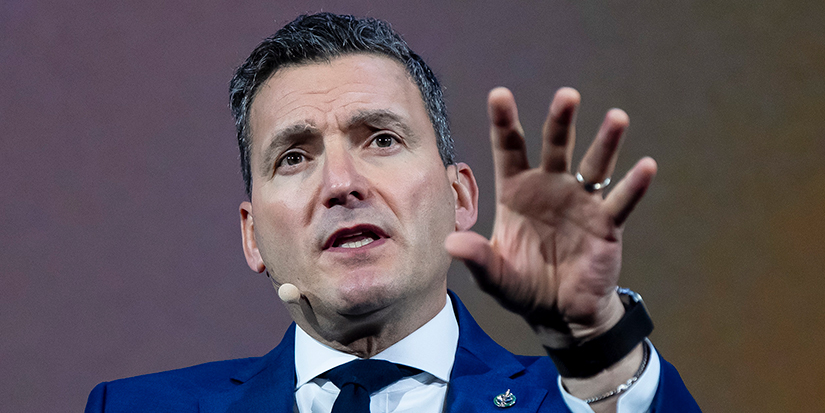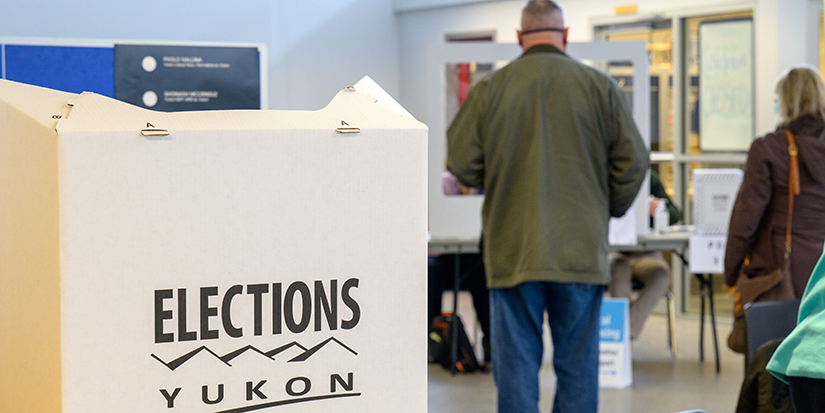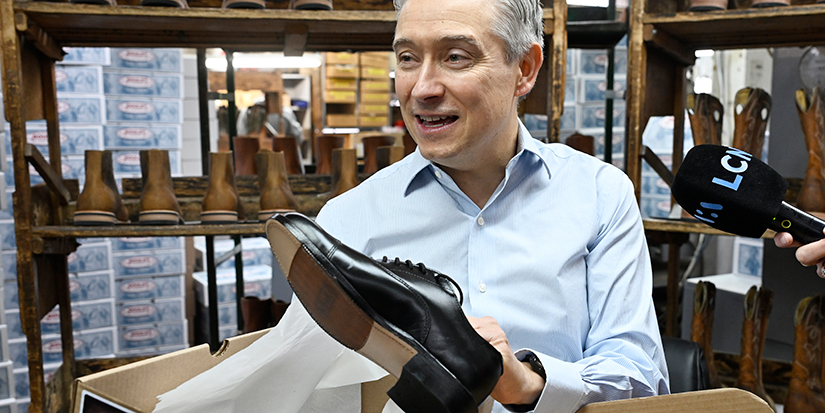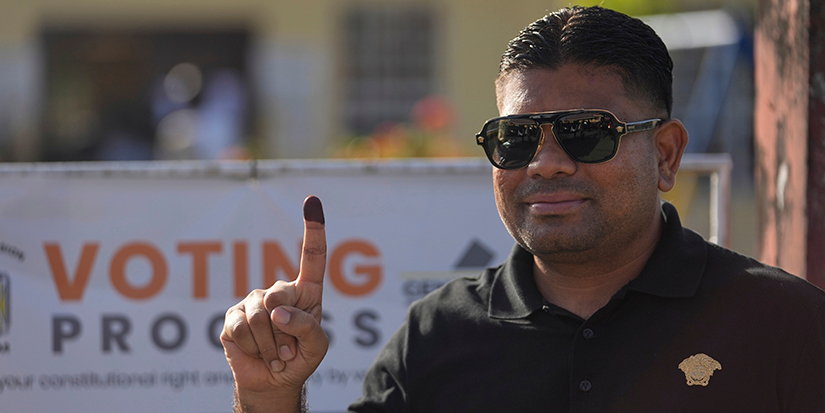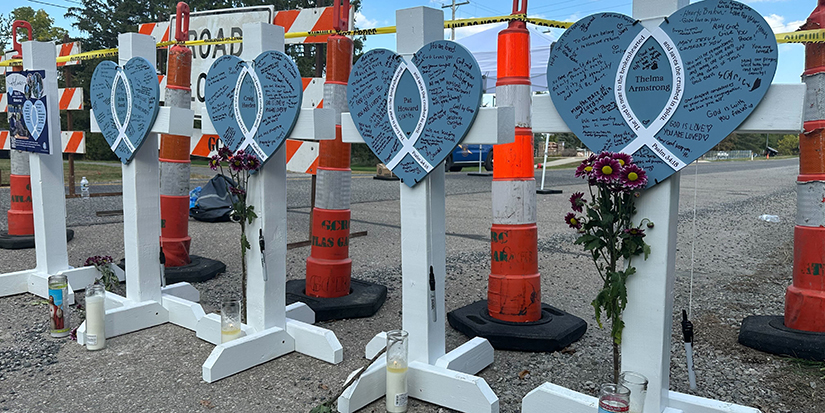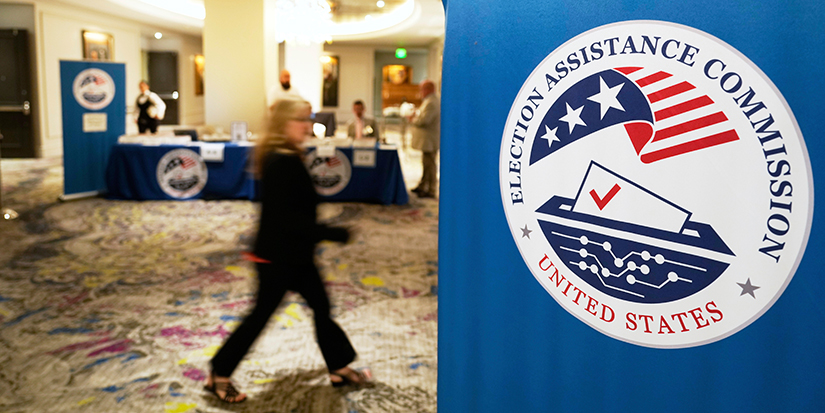Latest News
New resources to help EASE student anxiety
By Don Fennell
Published 1:51 PDT, Thu October 14, 2021
—
Bob Dylan sang about the times changing in the early 1960s. And with the nations of the world still gripped in the COVID-19 pandemic, today’s times are no less challenging or unpredictable.
And today’s youth—who will shape the world of tomorrow—are certainly not immune as they face an uncertain future.
To help students manage their anxiety, the province is expanding a school-based program it introduced in 2019 that equips classrooms with practical tools.
“With the pandemic exacerbating the stress and anxiety students are coping with, the Richmond School Board is supportive of educators in our district learning the EASE (Everyday Anxiety Strategies for Educators) strategies and employing the resources in their work with our students,” says chairperson Sandra Nixon. “EASE activities help all students learn to manage every feelings of anxiety using cognitive-behavioural coping strategies. Regularly practicing these strategies has been shown to be effective in building resilience and managing anxiety symptoms and situations that cause distress.”
The second phase of EASE was made available to local secondary school teachers from Grade 8 through 12 this week. Nixon says while some area counsellors have also been trained, they are not delivering the material in classes. But, she adds, they may use the lessons in their work with individual students as the material can be used in many ways.
“The pandemic has had a profound impact on children's and youths' mental health," says Mitzi Dean, Minister of Children and Family Development. "Expanding EASE to Grades 8 to 12 puts practical and much-needed tools for managing anxiety directly into classrooms."
Previously, 195 teachers, administrators and education assistants who work in elementary schools across the school district have been trained in EASE during the past two years. They are now using resources designed for students from Kindergarten to Grade 3 and Grades 4 through 7.
More than 5,500 educators are now participating and have grade-specific resources to teach students a suite of skills they can use throughout their lives. The initiative aligns with the government's commitment to provide school-based mental-health programming and resources focused on promotion, prevention and early intervention. EASE also complements the First Peoples Principles of Learning and supports the integration of locally adapted and applied Indigenous perspectives. An Indigenous literacy teacher and an Elder participated in the development of these resources.
EASE at Home makes it easier for parents and caregivers to share the lessons with their children. The Kindergarten to Grade 7 materials have also been translated into French.
EASE materials focus on breathing, mindfulness and coping skills, along with strategies to tackle common problems like procrastination, test anxiety, facing fears, managing unhelpful thoughts, calming public-speaking nerves, managing mood and social media's impact on mental health and well-being.
The school-based resources are free and available to educators, school counsellors and support staff within school districts, independent schools and First Nations schools, following completion of a self-paced online course. EASE aligns with the B.C. curriculum and the Ministry of Education's Mental Health in School's strategy.
"We know that many young people are facing increased mental health challenges brought on by the pandemic," says Sheila Malcolmson, Minister of Mental Health and Addictions. "Providing high-school teachers with the tools they need to support their students' mental well-being will help prevent small problems from becoming bigger down the road."
EASE 8-12 was developed by the Ministry of Children and Family Development, in collaboration with secondary school teachers, counsellors, social and emotional learning educators, youth from public school districts and independent schools, Open School BC and other subject-matter experts.
An estimated 5.2 per cent (39,000) of children and youth in B.C. will be affected by an anxiety disorder. In the McCreary 2018 BC Adolescent Health Survey, 15 per cent of B.C. youth reported that they suffer from a mental health condition—the most common being anxiety and panic attacks. Anxiety and stress problems can have a lot in common. The difference is that in an anxiety disorder, the symptoms are extreme and do not go away once the stress is over.













